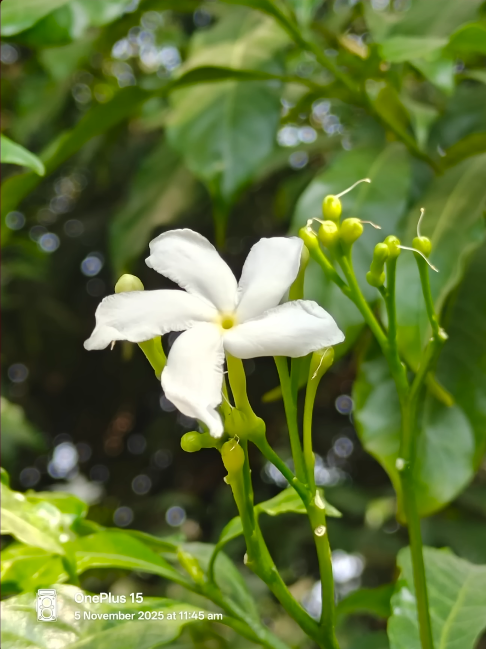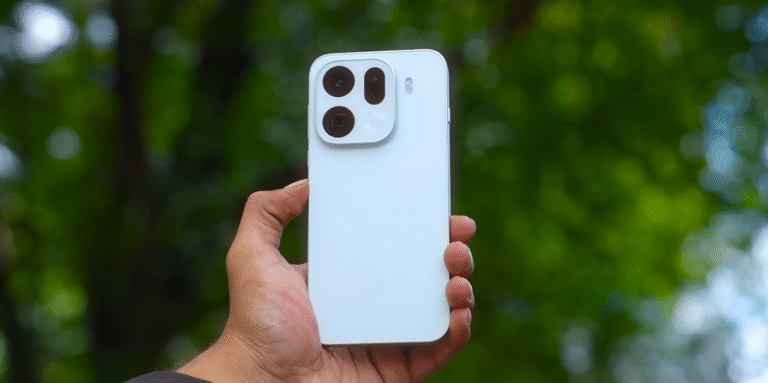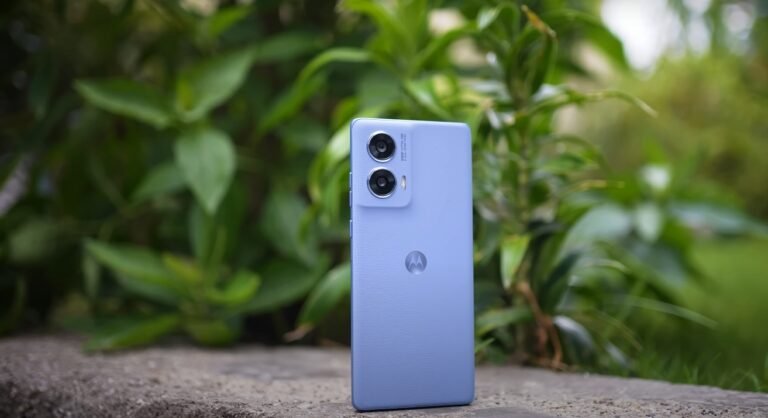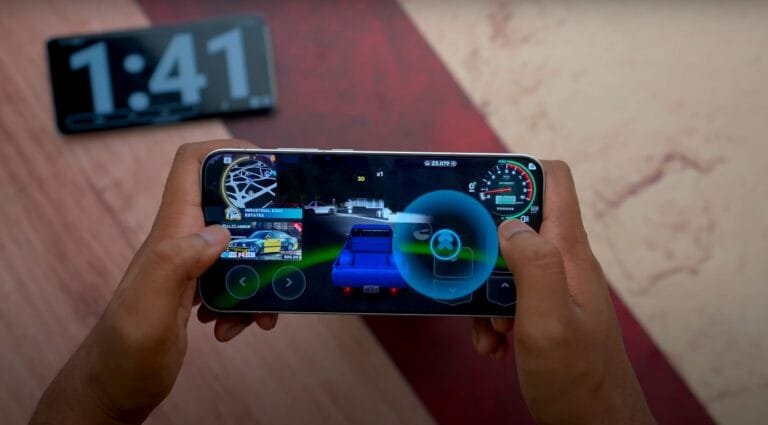OnePlus 15 night photography: how low-light shots turn out

The real-world performance of OnePlus 15 in dark conditions
The OnePlus 15 arrives with a refreshed camera system focused on improved low-light performance. Its new 50-megapixel main sensor and updated processing engine aim to deliver brighter, clearer images even in challenging settings. With enhancements to exposure control and noise reduction, the phone enters the competitive night photography space with notable ambition.
Early hands-on impressions from reviewers highlight that the OnePlus 15 produces balanced colours after sunset. The camera tends to preserve natural tones without pushing scenes into artificial brightness. This helps night-time photos retain a realistic look, particularly in softly lit streets and indoor evening environments.
The device’s new imaging engine contributes to improved clarity when capturing stationary subjects. In moderately dark conditions, the phone maintains good detail and avoids heavy smudging. Reviewers have noted that the OnePlus 15 handles soft glows, neon lighting and night-time ambience with a warmer, more cinematic finish than previous generations.

However, comparisons with competing flagships show that the OnePlus 15 occasionally falls short in extreme darkness. When light levels drop significantly, the phone’s exposure algorithm sometimes limits brightness, resulting in darker shadows than those produced by top competitors. This difference is most noticeable when shooting away from artificial lighting.
Motion at night remains a challenge for most smartphone cameras, and the OnePlus 15 is no exception. Tests confirm that fast-moving subjects can appear blurry in low-light scenes. This occurs particularly when the camera automatically lengthens exposure time to gather more light, making steady hands crucial for sharp results.
The ultra-wide lens also receives attention due to its smaller sensor. While the main camera delivers reliable results, the ultra-wide struggles slightly more with noise and reduced dynamic range. In cityscapes with deep contrast, fine details may soften, especially at the edges of the frame.
Telephoto performance in low-light is similarly dependent on available light. In dimmer scenes, the system often reverts to digital cropping from the main sensor. While still usable, the results show less sharpness than daytime zoom shots. Bright night scenes, however, maintain better clarity and contrast.
For handheld point-and-shoot users, the OnePlus 15 performs impressively during typical night outings. Restaurants, concerts and evening walks produce vibrant, usable images. The improved stabilisation helps maintain sharpness when light levels are not extremely low, making casual night photography dependable.
Users seeking the best possible night-time results can benefit from using the device’s Pro mode. This allows manual adjustments such as longer exposure and ISO control, which the automatic mode sometimes limits. Placing the phone on a steady surface produces noticeably sharper and brighter low-light compositions.
Overall, the OnePlus 15 marks a clear improvement over its predecessors in night photography. While it may not lead the field in ultra-dark conditions or motion-heavy situations, it offers strong performance for everyday night scenes. Its natural colours, upgraded processing and reliable main sensor make it a capable companion for evening photography across the UK.






